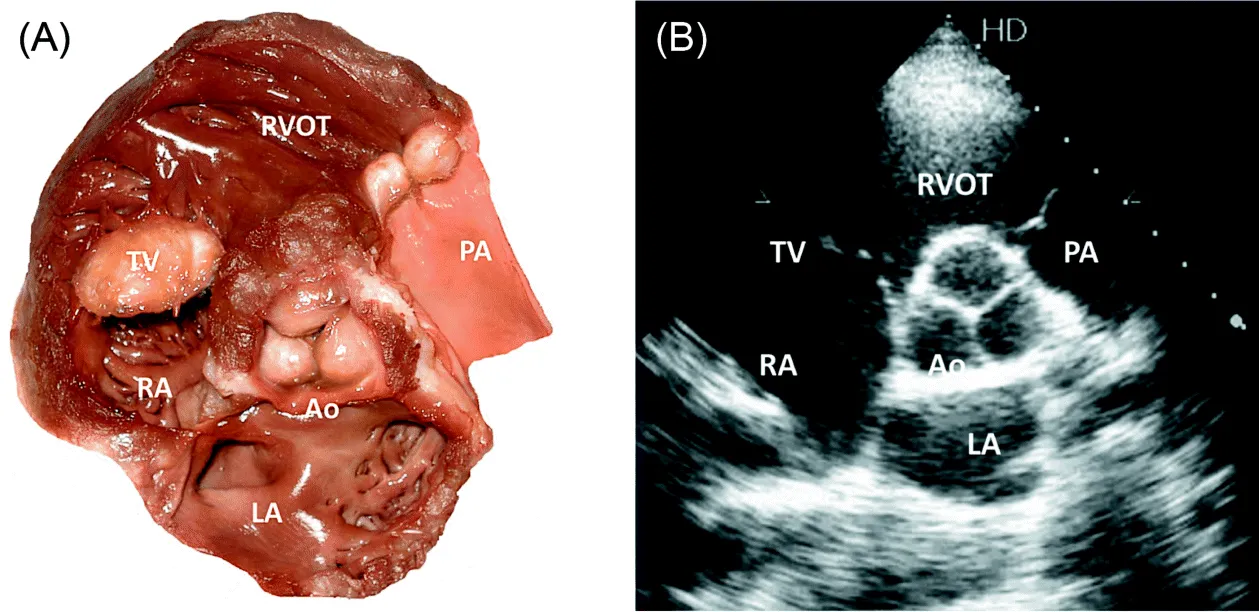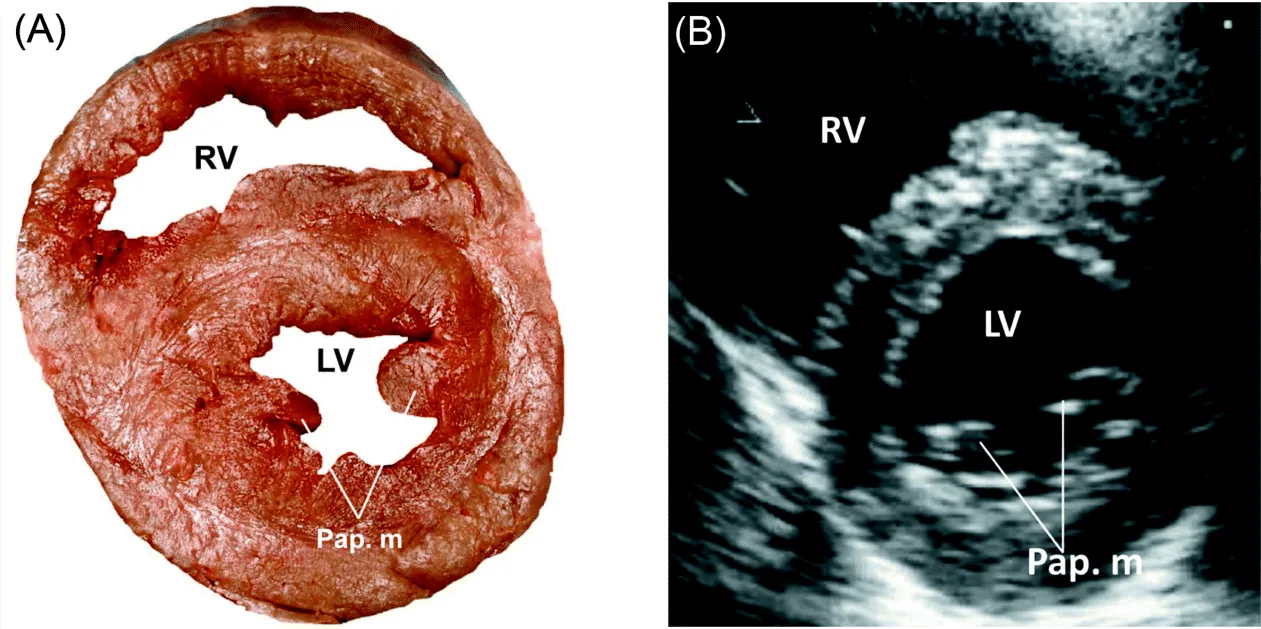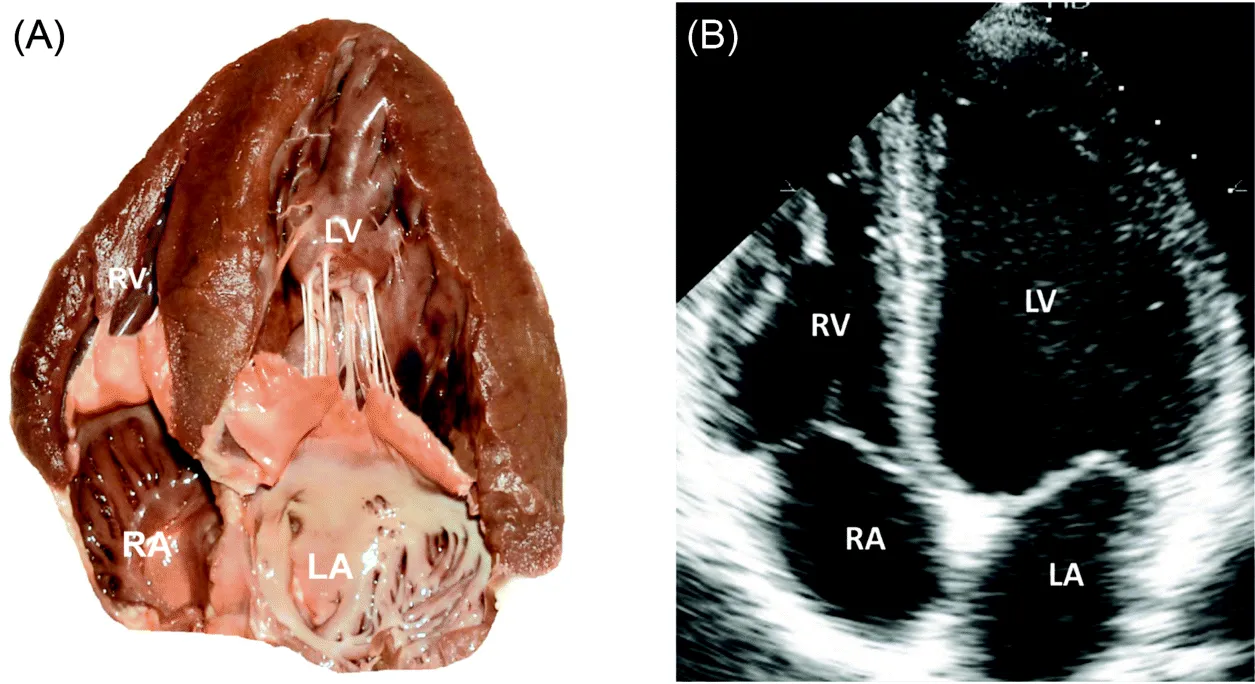
Pocket Guide to Echocardiography
Andro G. Kacharava, Alexander T. Gedevanishvili, Guram G. Imnadze, Dimitri M. Tsverava, Craig M. Brodsky, Andro G. Kacharava, Alexander T. Gedevanishvili, Guram G. Imnadze, Dimitri M. Tsverava, Craig M. Brodsky
- English
- ePUB (adapté aux mobiles)
- Disponible sur iOS et Android
Pocket Guide to Echocardiography
Andro G. Kacharava, Alexander T. Gedevanishvili, Guram G. Imnadze, Dimitri M. Tsverava, Craig M. Brodsky, Andro G. Kacharava, Alexander T. Gedevanishvili, Guram G. Imnadze, Dimitri M. Tsverava, Craig M. Brodsky
À propos de ce livre
With its easy accessibility, low cost, and ability to deliver, essential bedside information about the cardiac structure and function, echocardiography has become one of the most relied-upon diagnostic tools in clinical medicine. As a result, more clinicians than ever before must be able to accurately interpret echocardiographic information in order to administer appropriate treatment.
Based on the authors' experience teaching echocardiography in busy clinical settings, this new pocketbook provides reliable guidance on everyday clinical cardiac ultrasound and the interpretation of echocardiographic images. It has been designed to help readers develop a stepwise approach to the interpretation of a standard transthoracic echocardiographic study and teach how to methodically gather and assemble the most important information from each of the standard echocardiographic views in order to generate a complete final report of the study performed.
What's included:
•A summary of TTE examination protocol and a comprehensive listing of useful formulas and normal values
•Atrial and ventricular dimensions, LV and RV systolic function, LV diastolic patterns
•Echocardiographic findings in the most commonly encountered cardiac diseases and disorders, including various cardiomyopathies, cardiac tamponade, constrictive pericarditis, valvular heart disease, pulmonary hypertension, infective endocarditis, and congenital heart disease
•Companion website with video clips and over 70 self-assessment questions
Packed with essential information and designed for quick look-up, this pocketbook will be of great assistance for anyone who works in busy clinical settings and who needs a ready and reliable guide to interpreting echocardiographic information to help deliver optimal patient care.
Foire aux questions
Informations
Parasternal Long-axis view (Fig. 1)

RA/RV view
Parasternal Short-axis view (Fig. 2 and Fig. 3)


Apical 4-chambers view (Fig. 4)
